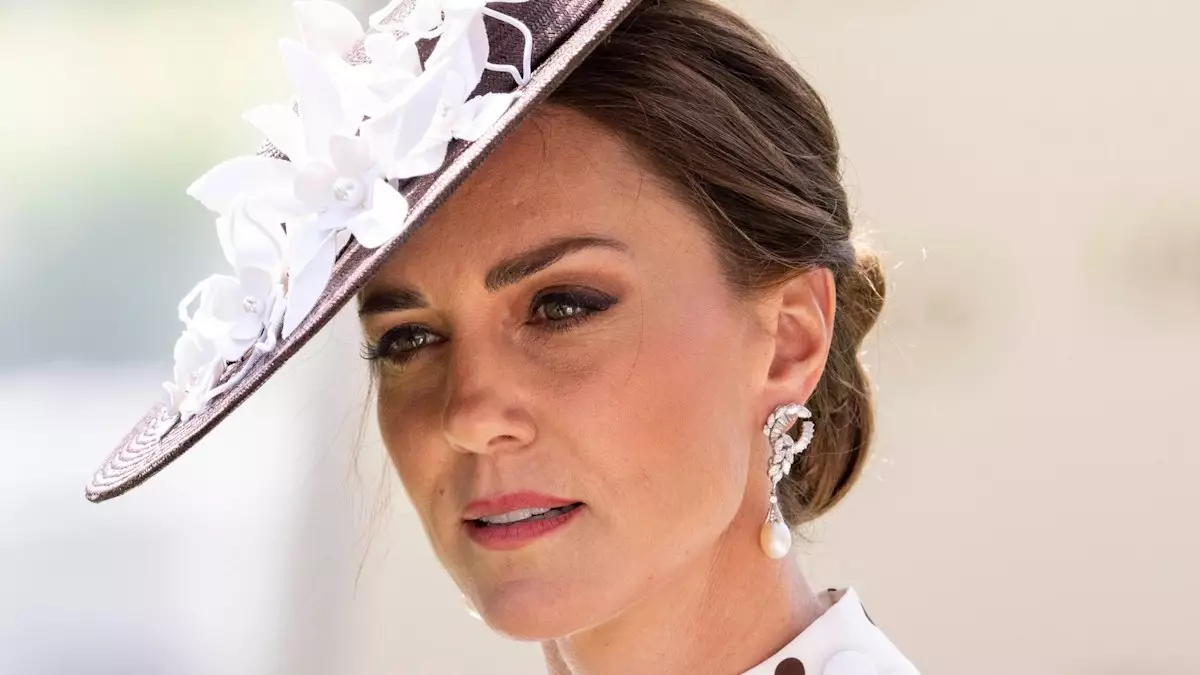The choice of Kate, the Princess of Wales, to withdraw from attending Royal Ascot has sparked conversations regarding her health and the delicate balance she is striving to maintain in her life. At 43, she finds herself navigating the repercussions of her battle with cancer, embarking on a journey that demands both physical and emotional resilience. It’s a decision that reflects her prioritization of well-being over royal responsibilities, an act that many commend as a step towards self-care and healing.
Kate’s absence during such a prestigious event—a social highlight in the British aristocracy—highlights not only her personal struggles but also the heightened expectations placed upon royals. As a beloved figure with a dedicated following, her participation would have undoubtedly attracted attention and excitement. Yet, her choice to step back signifies a broader message: that even those in the public eye recognize the importance of mental and physical health. Indeed, society often expects figures like Kate to flawlessly juggle their duties while appearing strong and unbending. However, her decision signals a profound understanding that vulnerability and authenticity can coexist with royal duty.
The Ripple Effects of a Withdrawal
Kate’s withdrawal isn’t merely a personal setback; it sends ripples through the royal family and the events they participate in. The presence of the Princess adds a touch of grace and poise that engages the public, fostering a spirit of enthusiasm and celebration at events like Royal Ascot. Moreover, her absence affected not only her involvement in the carriage procession but also the expectations surrounding her husband, Prince William, as he took on a prominent role in awarding race prizes. This shift invites speculation on how the royal family adjusts to accommodate not just Kate’s health, but the dynamics of royal responsibilities amidst personal challenges.
It’s noteworthy that Kate’s immediate family has rallied around her, showcasing a supportive network that also helps to humanize the royal image. Moments captured of her mother, Carole Middleton, and her brother-in-law’s wife, Alizee Thevenet, suggesting that family ties remain unshakeable, even in times of adversity. Such displays of love and support illuminate the importance of familial bonds, serving as a reminder that royalty, despite its splendor, grapples with the same familial concerns as any other family.
A Future Built on Healing
As we reflect upon this turn of events, it’s essential to contextualize Kate’s recent public appearances prior to her withdrawal—such as Garter Day and Trooping the Colour. The striking aquamarine and white Catherine Walker coat dress she donned exemplified not only her style but also her resilience. Delivering grace while grappling with health challenges is no small feat, and every public outing she undertakes shows her commitment to her royal role, even if it sometimes means stepping away to nurture herself.
Her ongoing recovery journey emphasizes evolving notions of strength in today’s fast-paced society. It challenges the conventional image of a princess, providing a powerful narrative that prioritizes health and well-being over ceremonial duties. In a world that often glorifies relentless ambition, Kate’s choices reflect a more nuanced understanding of self-care that resonates deeply with many, encouraging others to prioritize their health amidst life’s pressures. The discourse around her absence at Royal Ascot serves as a vital reminder that behind the crown lies a woman determined to navigate her path with grace and resilience.

